When it comes to strength training, squats are a fundamental exercise that targets multiple muscle groups, including the quadriceps, hamstrings, glutes, and lower back. To maximize the benefits of squatting while ensuring safety and effectiveness, many fitness enthusiasts turn to specialized equipment like squat machines with belt and chain systems. This comprehensive guide delves into the features, benefits, and best practices of using squat machines equipped with belts and chains, helping you elevate your workout regimen.
Understanding Squat Machines
Squat machines are gym equipment designed to simulate the squat movement, providing stability and support during the exercise. Unlike free-weight squats, which require balance and coordination, squat machines guide your motion, allowing for controlled and focused muscle engagement. There are various types of squat machines, including Smith machines, hack squat machines, and selectorized squat racks. Among these, machines that incorporate belts and chains offer unique advantages for strength training.
The Role of Belts in Squat Training
Weightlifting belts are essential accessories for many strength athletes. They serve multiple purposes:
- Support for the Lower Back: Belts help stabilize the spine by increasing intra-abdominal pressure, reducing the risk of injury during heavy lifts.
- Enhanced Performance: Wearing a belt can allow lifters to handle heavier weights by providing additional support and confidence.
- Proper Form Maintenance: Belts encourage lifters to maintain a neutral spine and proper posture throughout the squat movement.
In squat machines, integrated belt systems ensure that the lifter maintains optimal form and stability, especially when handling significant weights.
Incorporating Chains: Benefits and Mechanics
Chains are a dynamic training tool that add variable resistance to squats. Here's how they work:
- Variable Resistance: As you squat down, the chains bunch up, reducing the weight. As you ascend, the chains lift off the ground, increasing the resistance. This variation challenges muscles differently throughout the range of motion.
- Increased Time Under Tension: Chains keep the muscles engaged continuously, enhancing muscle growth and strength.
- Improved Power Development: The dynamic load provided by chains helps in developing explosive power, beneficial for athletes.
Squat machines equipped with chains automate this process, providing a seamless experience for users looking to incorporate variable resistance into their training.
Advantages of Squat Machines with Belt and Chain Systems
Combining belts and chains in squat machines offers a synergistic effect:
- Enhanced Safety: The belt provides spinal support, while the chains ensure the resistance is managed dynamically, reducing the risk of sudden weight shifts.
- Optimized Muscle Engagement: The variable resistance from chains ensures that muscles are worked throughout the entire squat movement, promoting balanced development.
- Progressive Overload: These machines allow for gradual increases in weight and resistance, essential for continuous strength gains.
- Versatility: Suitable for various training programs, from bodybuilding to powerlifting, accommodating different fitness goals.
- Space Efficiency: Integrated systems reduce the need for multiple pieces of equipment, making them ideal for both commercial gyms and home setups.
Choosing the Right Squat Machine for Your Needs
When selecting a squat machine with belt and chain systems, consider the following factors:
- Build Quality: Look for machines made from durable materials like steel, ensuring longevity and stability.
- Adjustability: Features like adjustable belt positions and chain lengths cater to different body types and training preferences.
- Weight Capacity: Ensure the machine can handle your current and future strength levels.
- Comfort Features: Padded belts, ergonomic designs, and smooth movement mechanisms enhance the user experience.
- Space Requirements: Measure your workout area to ensure the machine fits comfortably without overcrowding.
Proper Usage and Safety Tips
To maximize the benefits and minimize risks when using a squat machine with belt and chain:
- Warm-Up: Always start with a proper warm-up to prepare your muscles and joints.
- Proper Belt Usage: Position the belt correctly around your waist, ensuring it’s snug but not restrictive.
- Controlled Movements: Perform squats with controlled tempo, avoiding sudden jerks or drops.
- Breathing Technique: Inhale during the descent and exhale while ascending to maintain intra-abdominal pressure.
- Start Light: If new to belt and chain squats, begin with lighter weights to master the technique.
- Regular Check-Ups: Inspect the machine for any wear and tear, ensuring all components are functioning correctly.
- Seek Guidance: If unsure about the proper form or machine settings, consult a fitness professional.
Comparing Belt and Chain Squat Machines to Traditional Squats
While traditional free-weight squats offer benefits like improved balance and functional strength, squat machines with belts and chains provide distinct advantages:
- Stability: Machines offer guided movement, making them suitable for those who may lack the balance for free weights.
- Safety: The integrated belt and chain systems reduce the risk of injury, especially when lifting heavy.
- Targeted Training: Variable resistance allows for more precise muscle targeting and development.
- Convenience: Machines can be easier to set up and adjust, saving time during workouts.
However, incorporating both machine-based and free-weight squats into your routine can provide a well-rounded strength training program.
Maintenance and Care
To ensure the longevity and optimal performance of your squat machine with belt and chain:
- Regular Cleaning: Wipe down the machine after each use to remove sweat and debris.
- Lubrication: Periodically lubricate moving parts to prevent rust and ensure smooth operation.
- Inspect Components: Check belts, chains, and other parts for signs of wear or damage, replacing them as necessary.
- Tighten Bolts and Screws: Ensure all fasteners are secure to maintain the machine’s stability.
- Professional Servicing: Schedule regular maintenance with a professional to address any complex issues.
Proper maintenance not only extends the life of your equipment but also ensures a safe workout environment.
Conclusion
Squat machines with belt and chain systems are invaluable tools for anyone serious about strength training. By combining the spinal support of a belt with the dynamic resistance provided by chains, these machines offer a comprehensive approach to building muscle, enhancing power, and ensuring safety. Whether you're a seasoned lifter or just starting your fitness journey, incorporating a belt and chain squat machine into your routine can help you achieve your strength goals more effectively. Remember to choose a machine that suits your needs, practice proper form, and maintain your equipment diligently to reap the maximum benefits from your workouts.


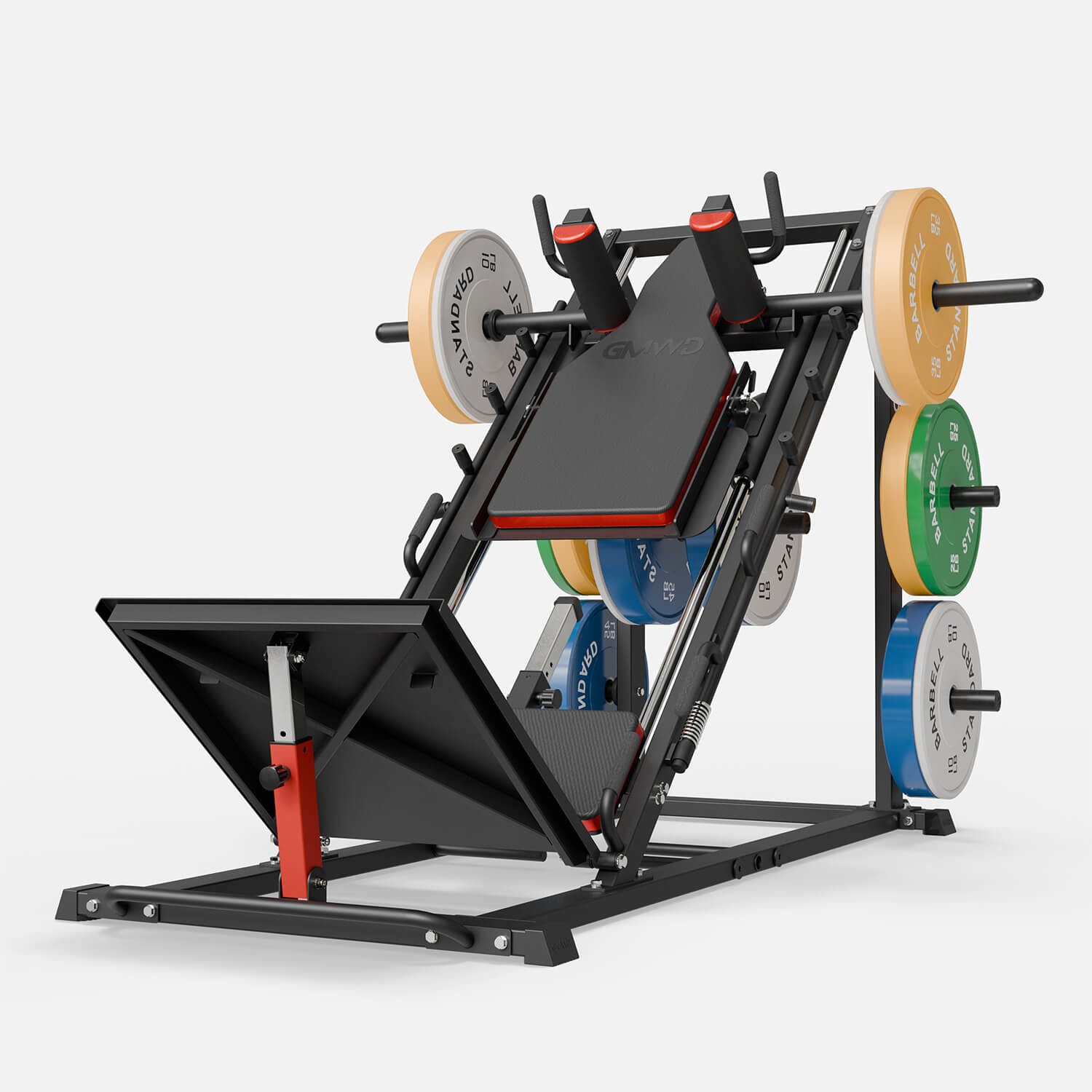
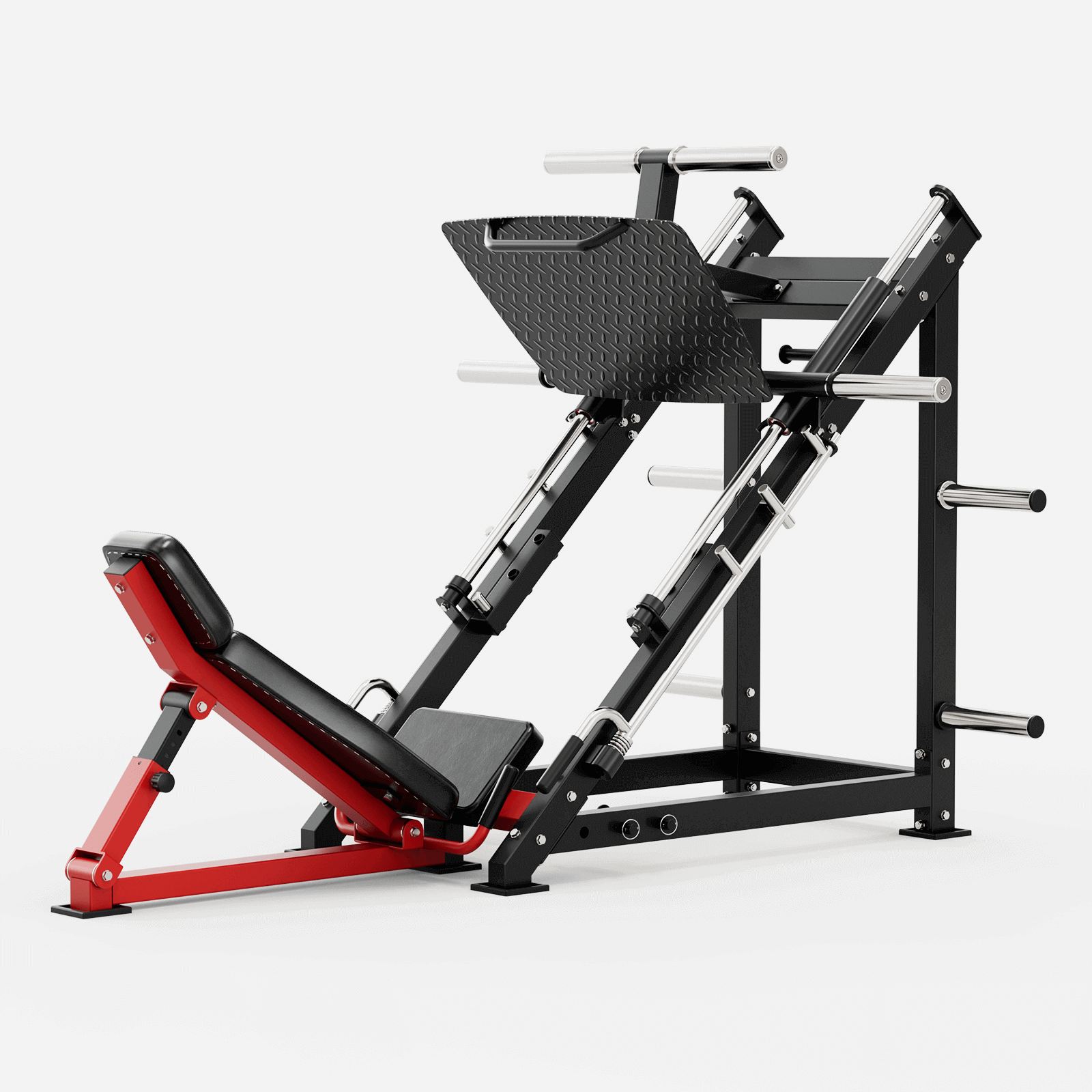
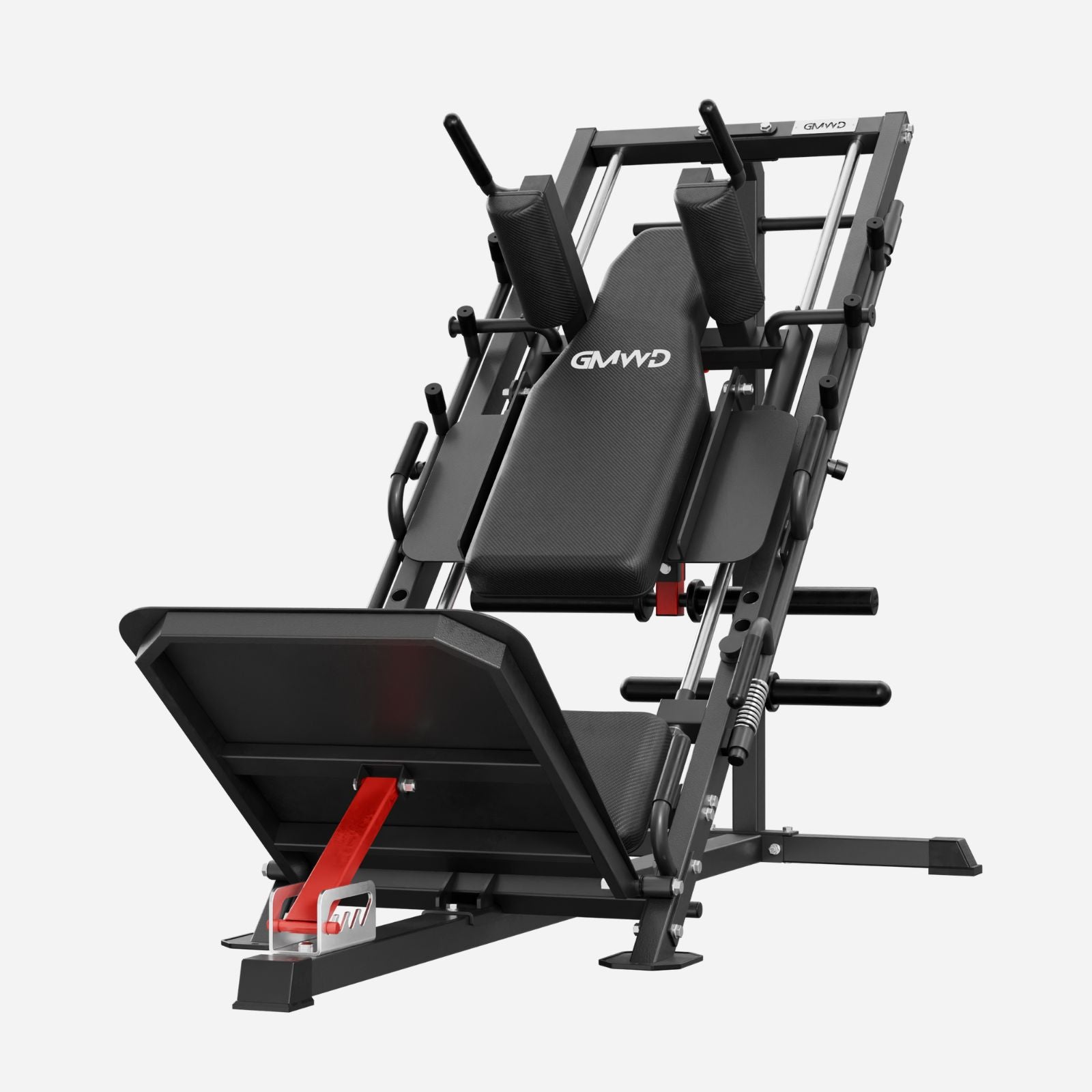
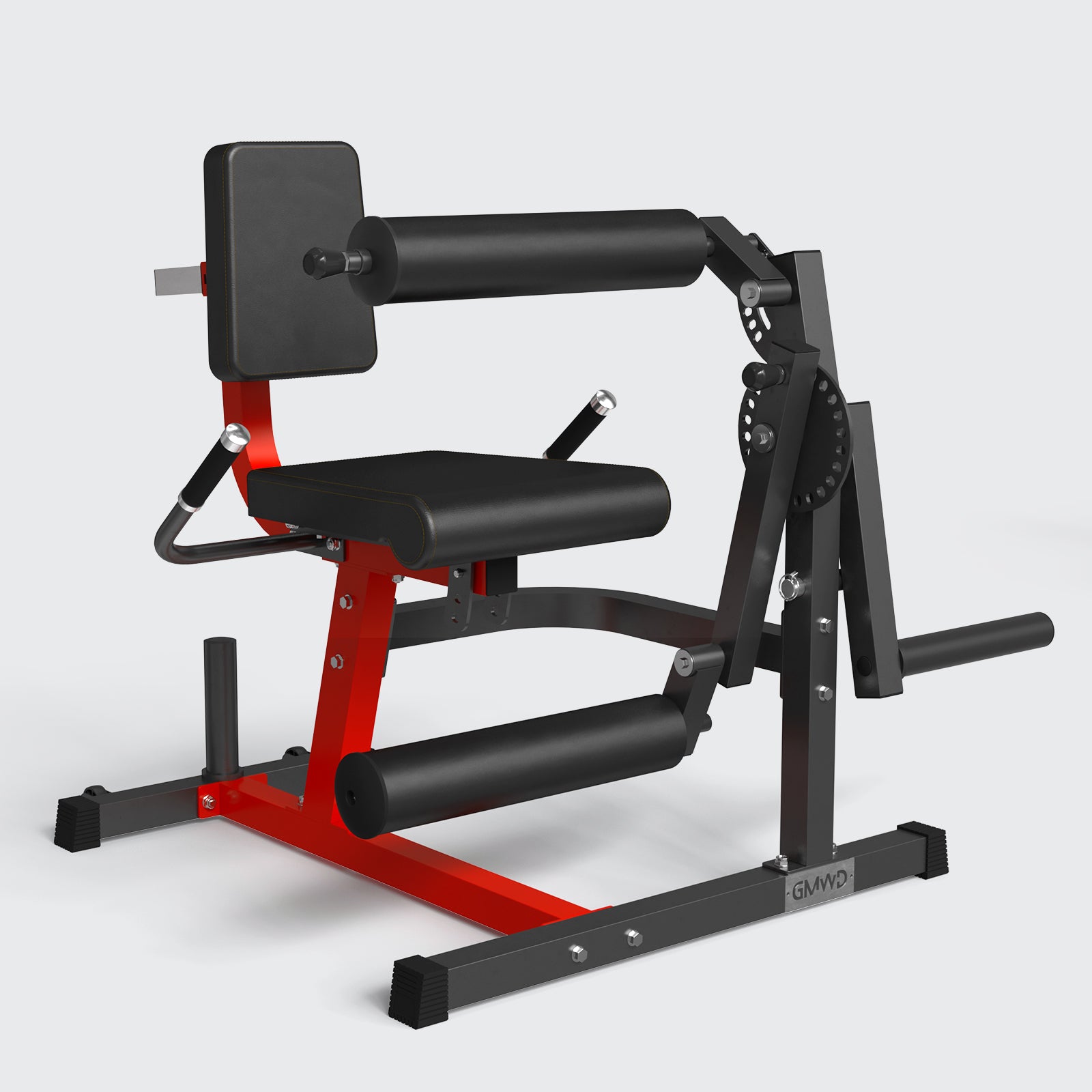
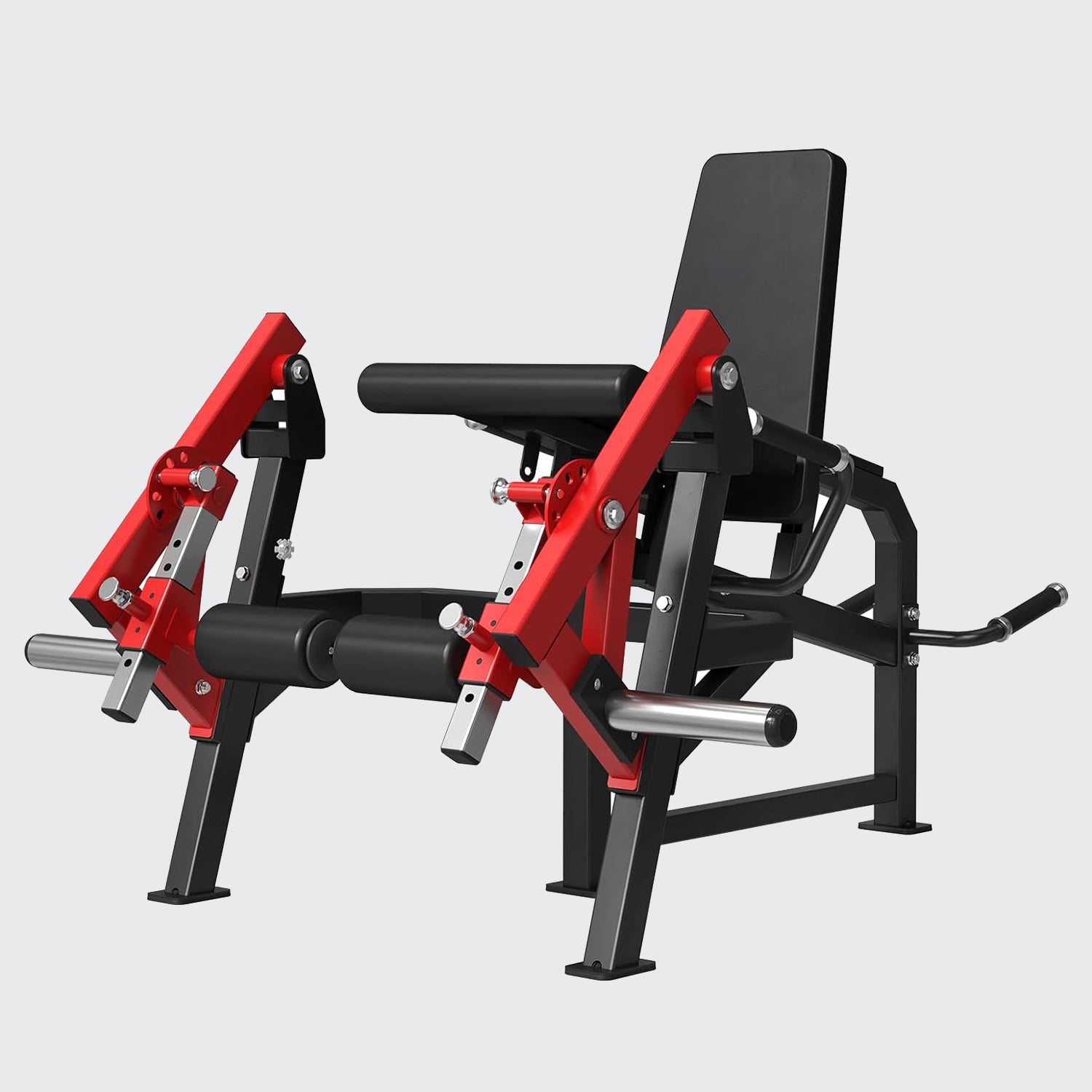
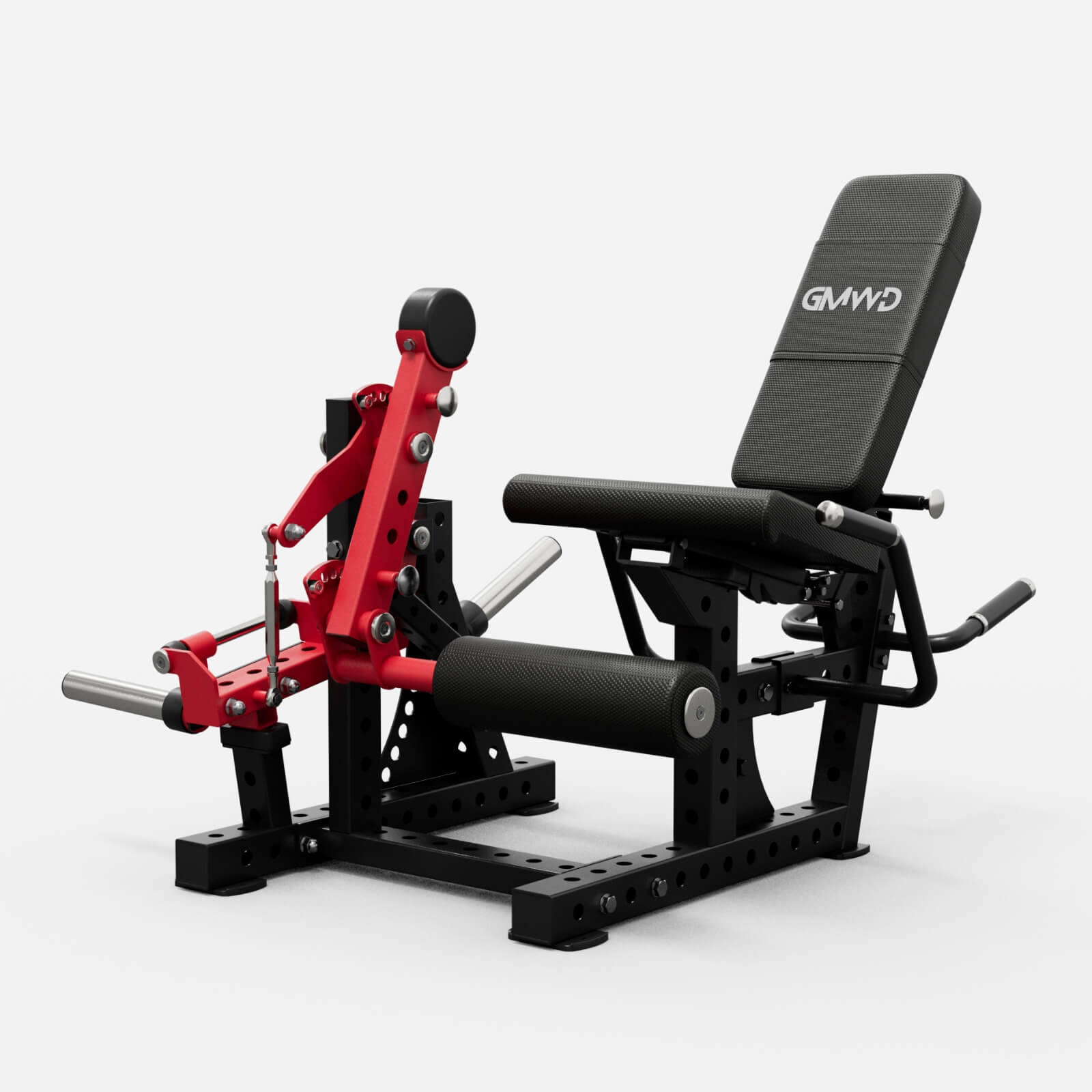
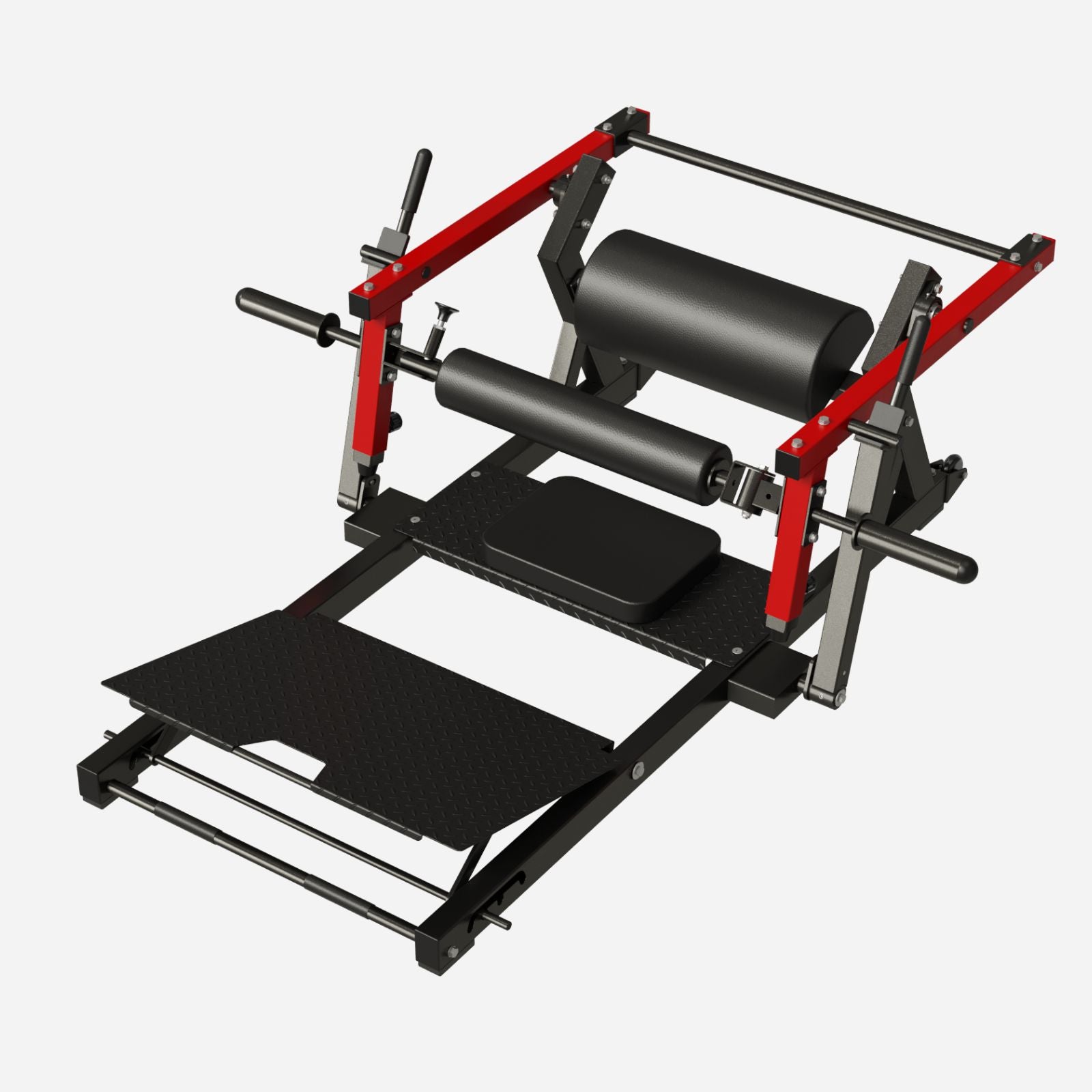

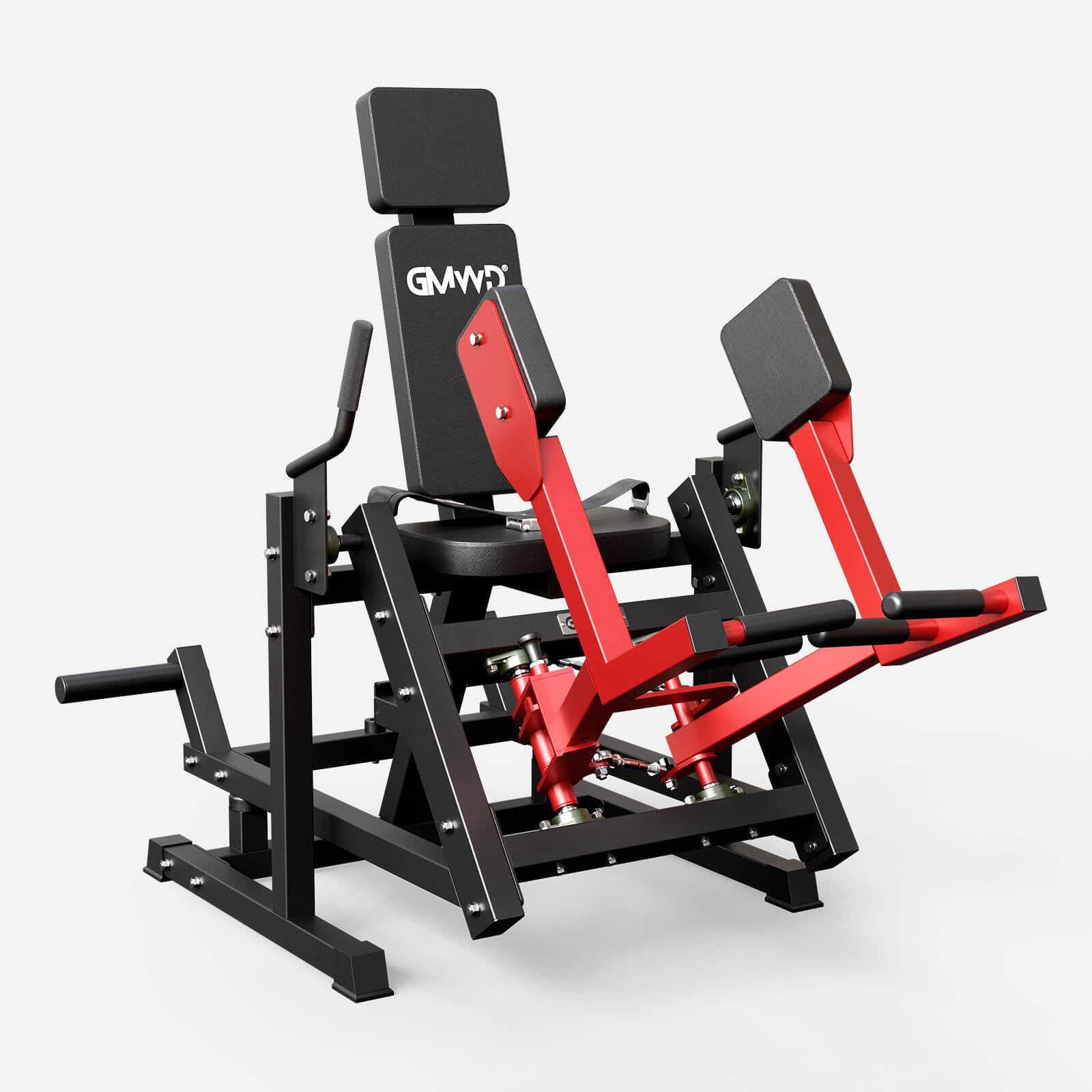
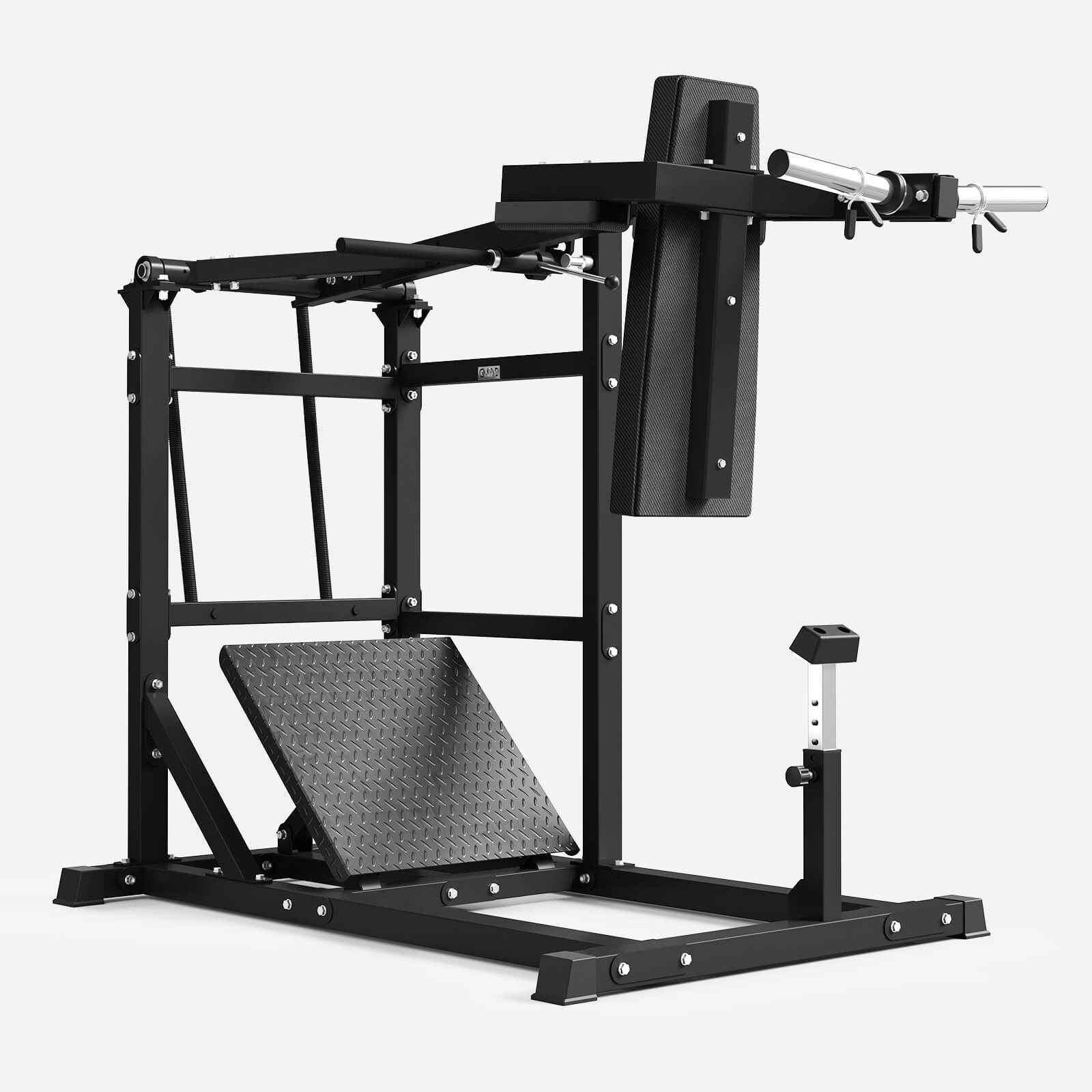
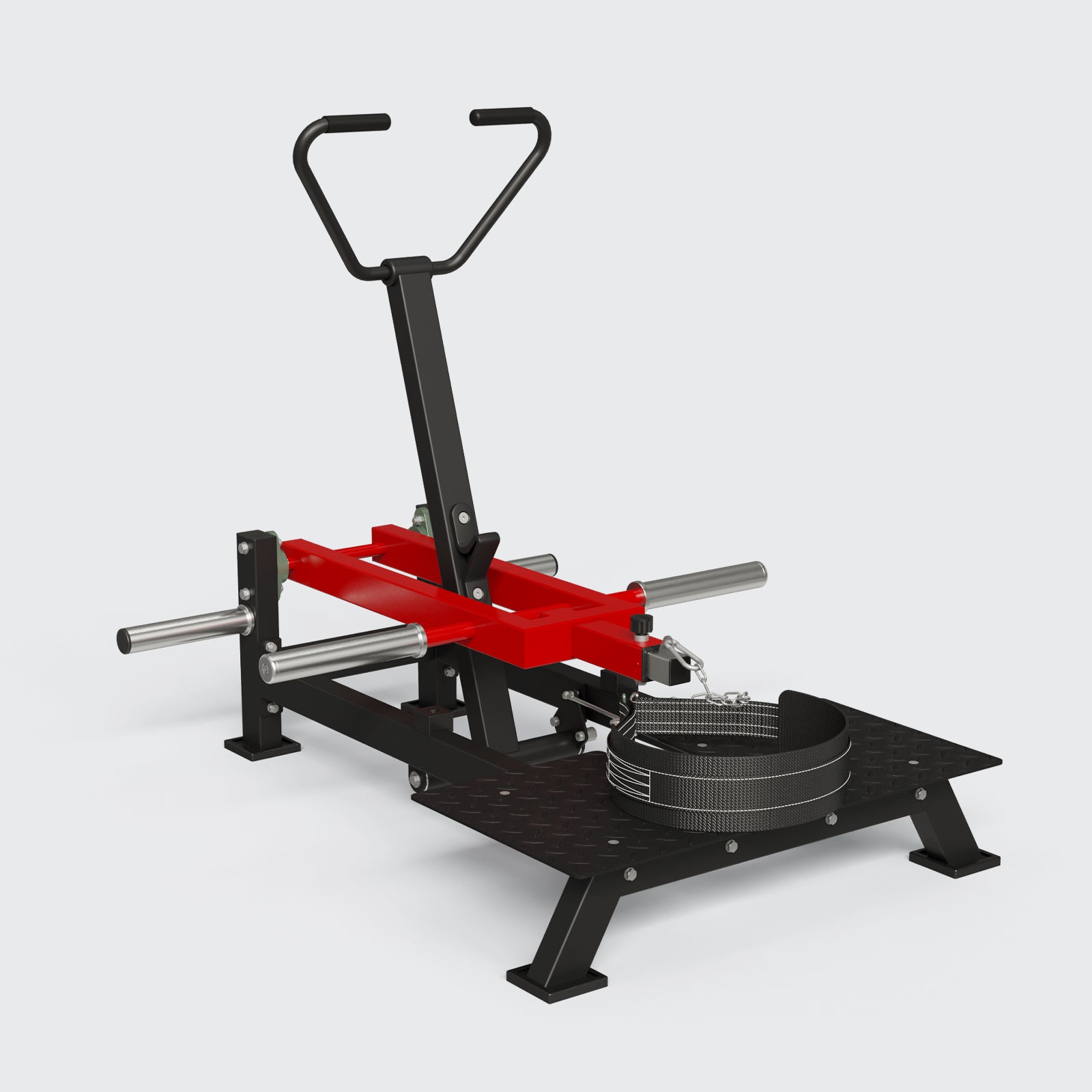
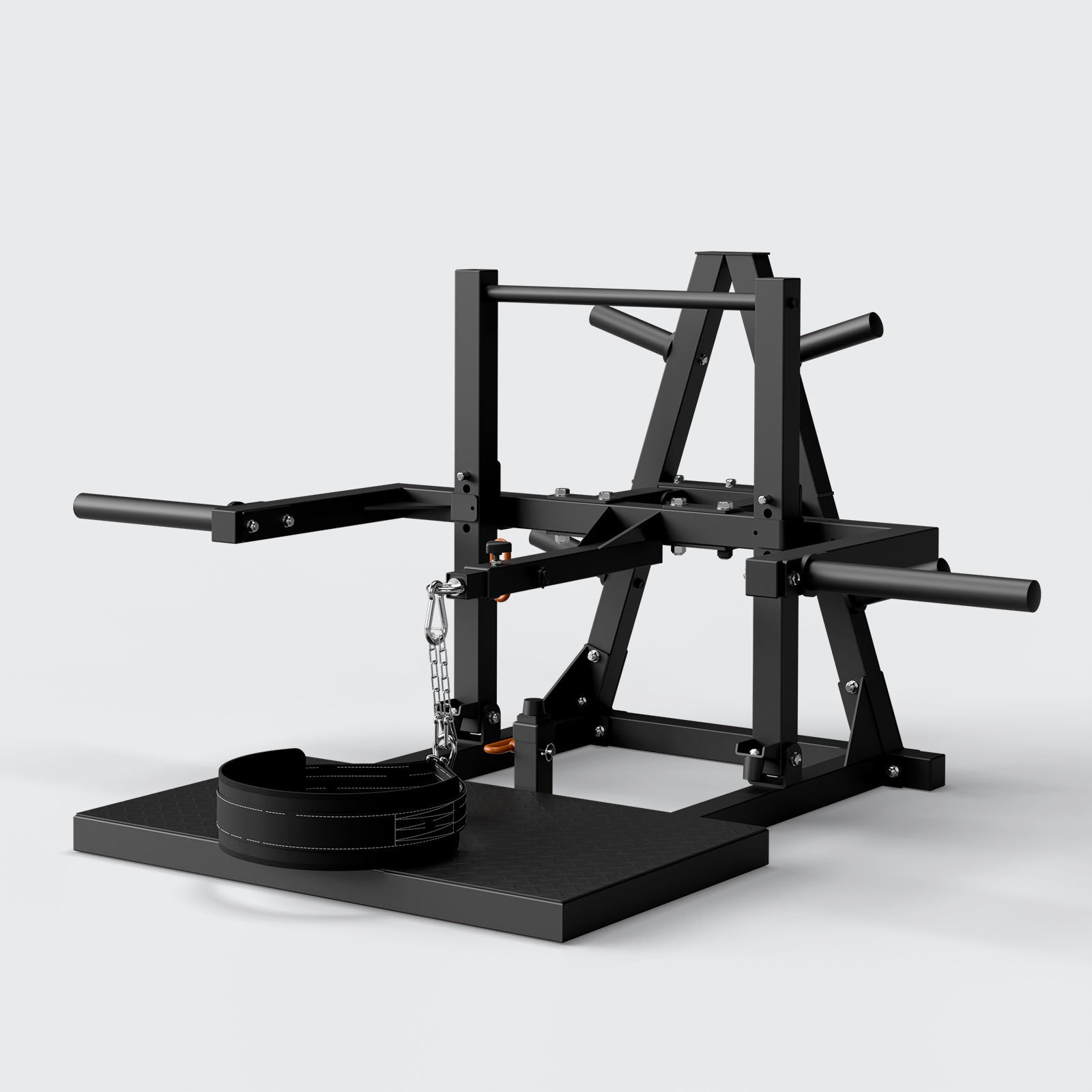

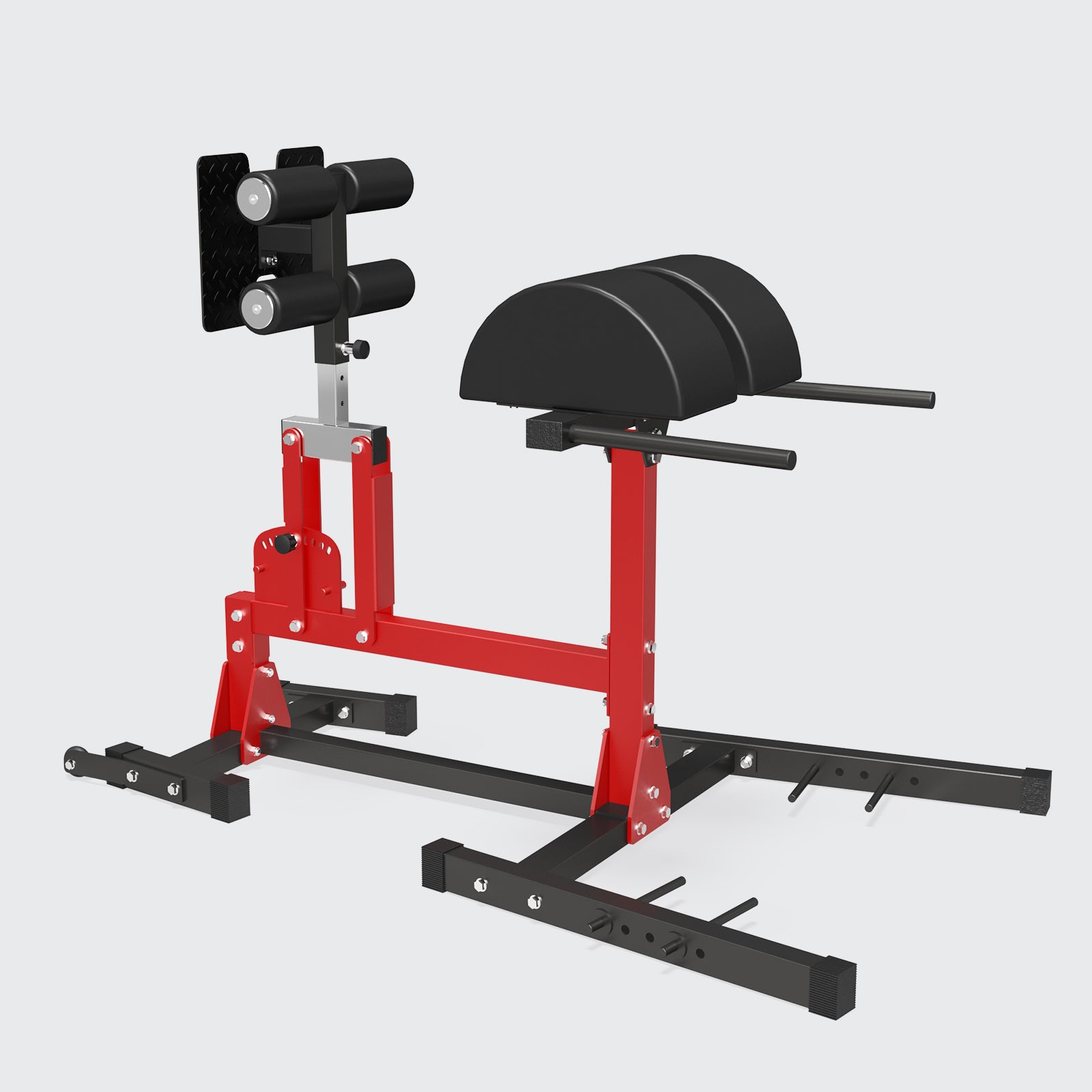
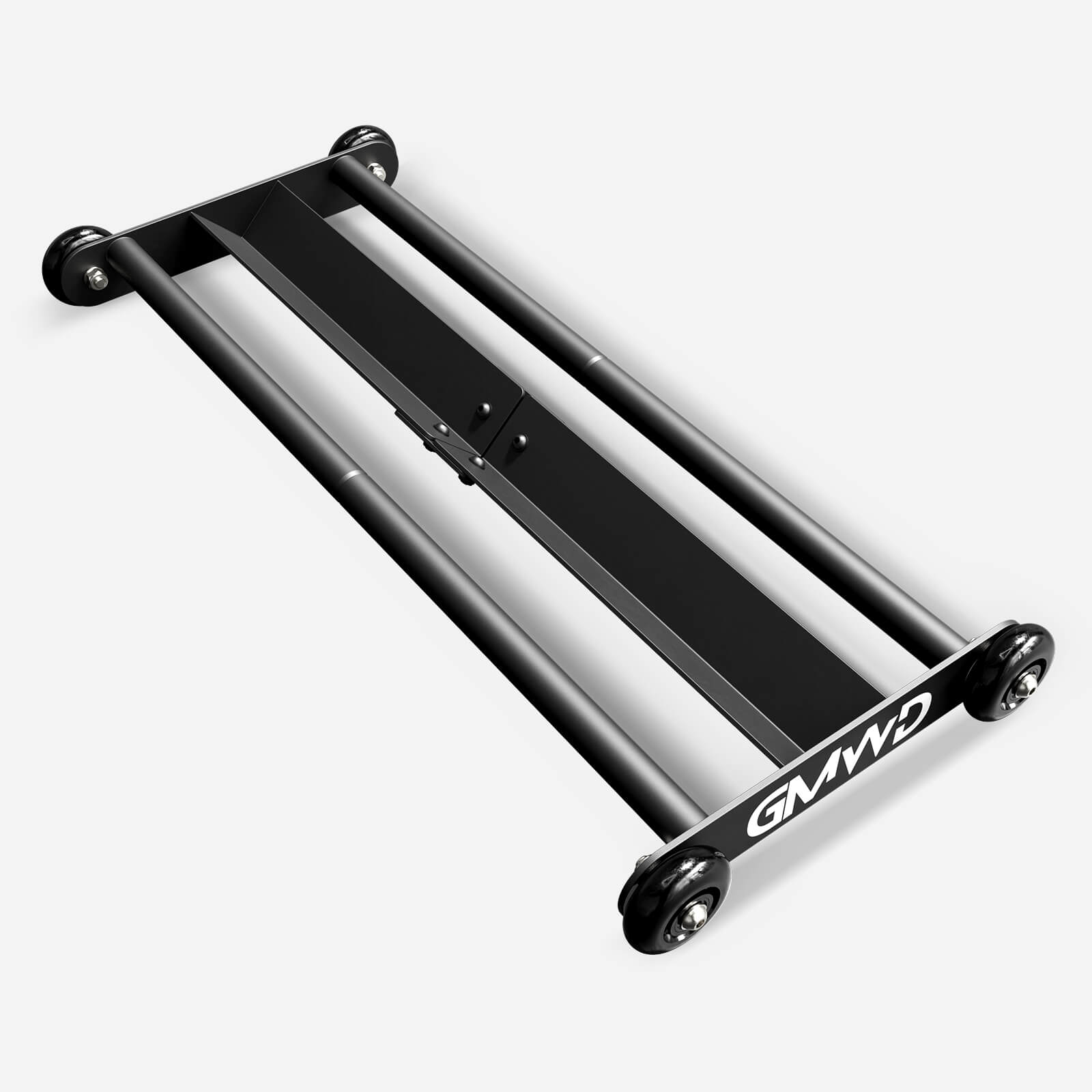
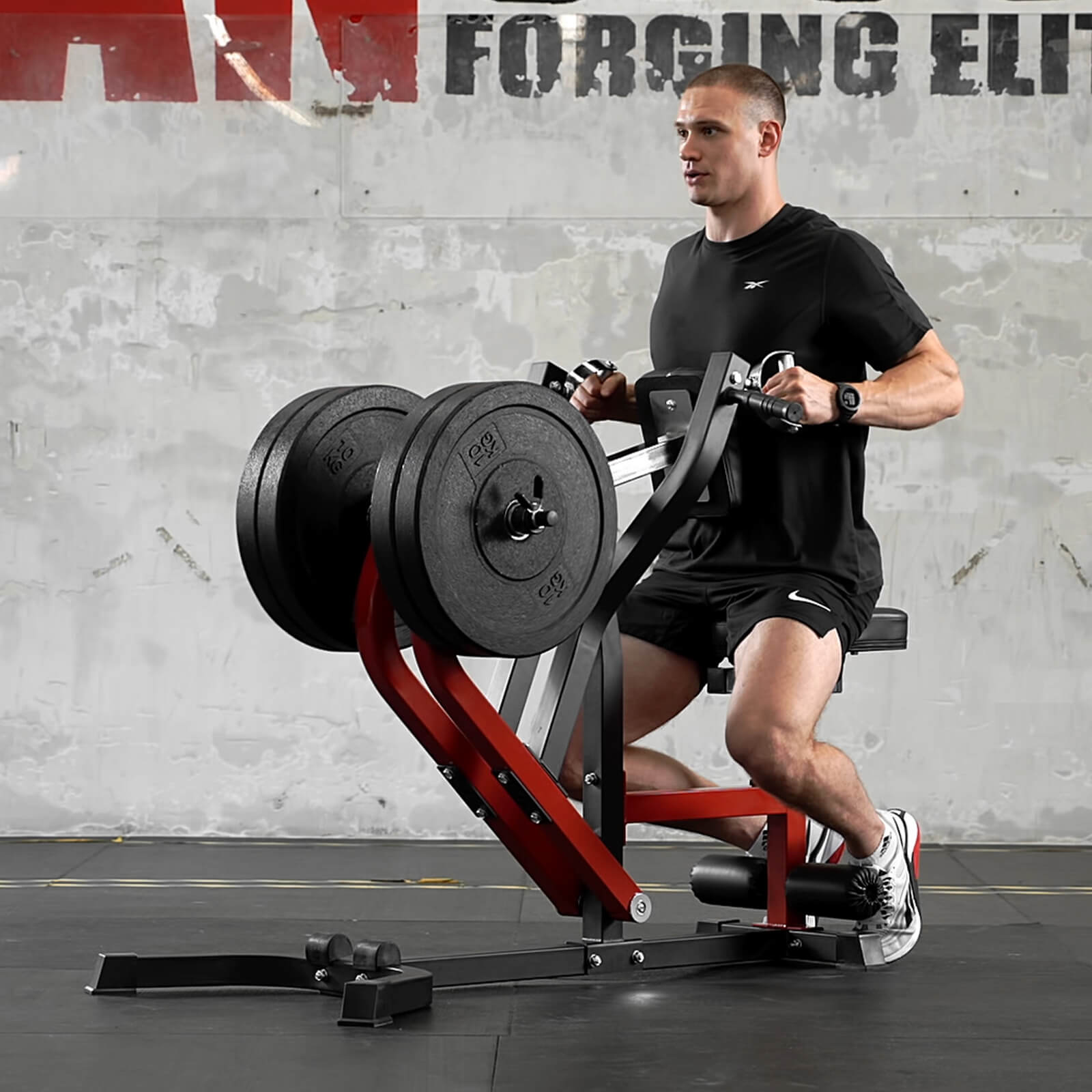
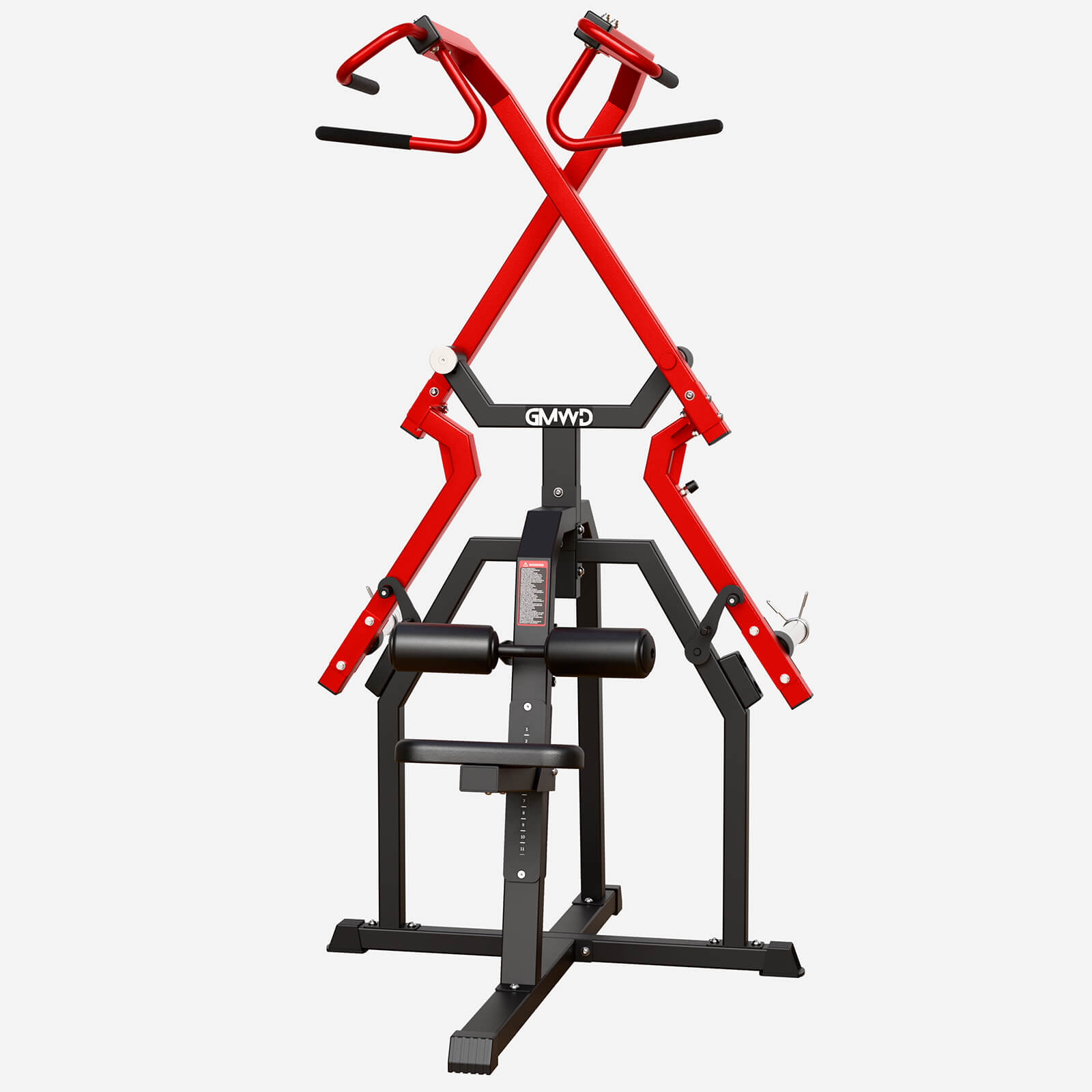
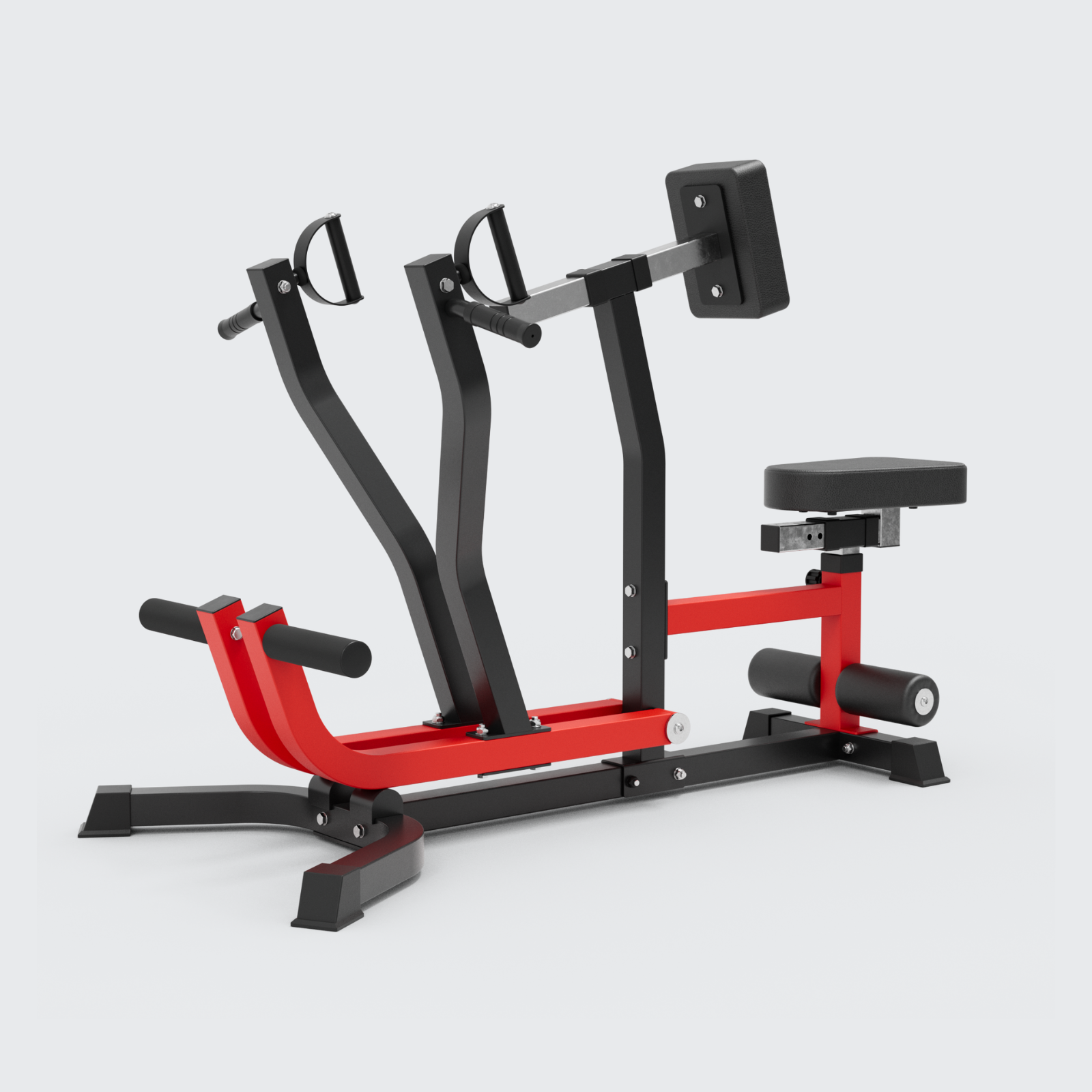
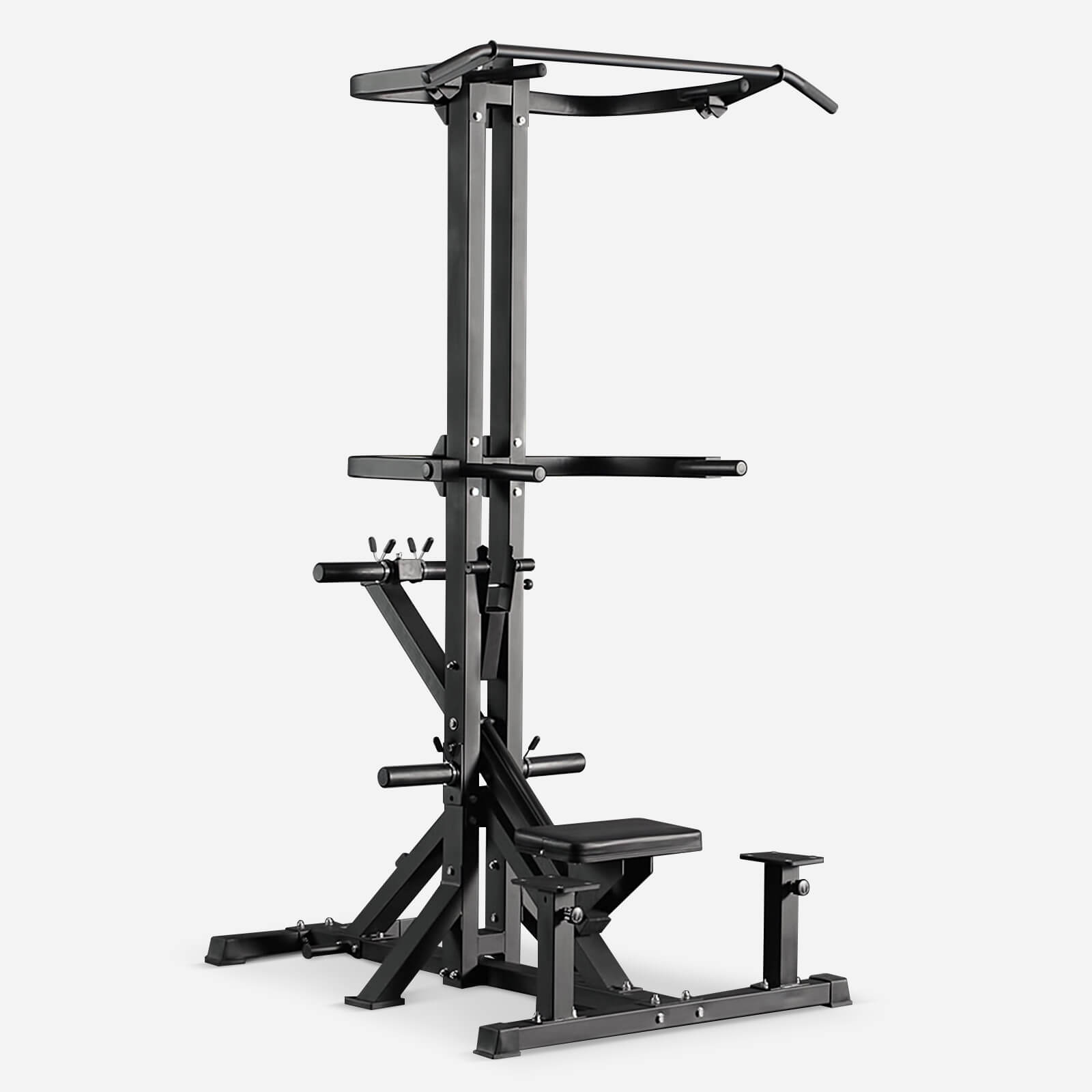


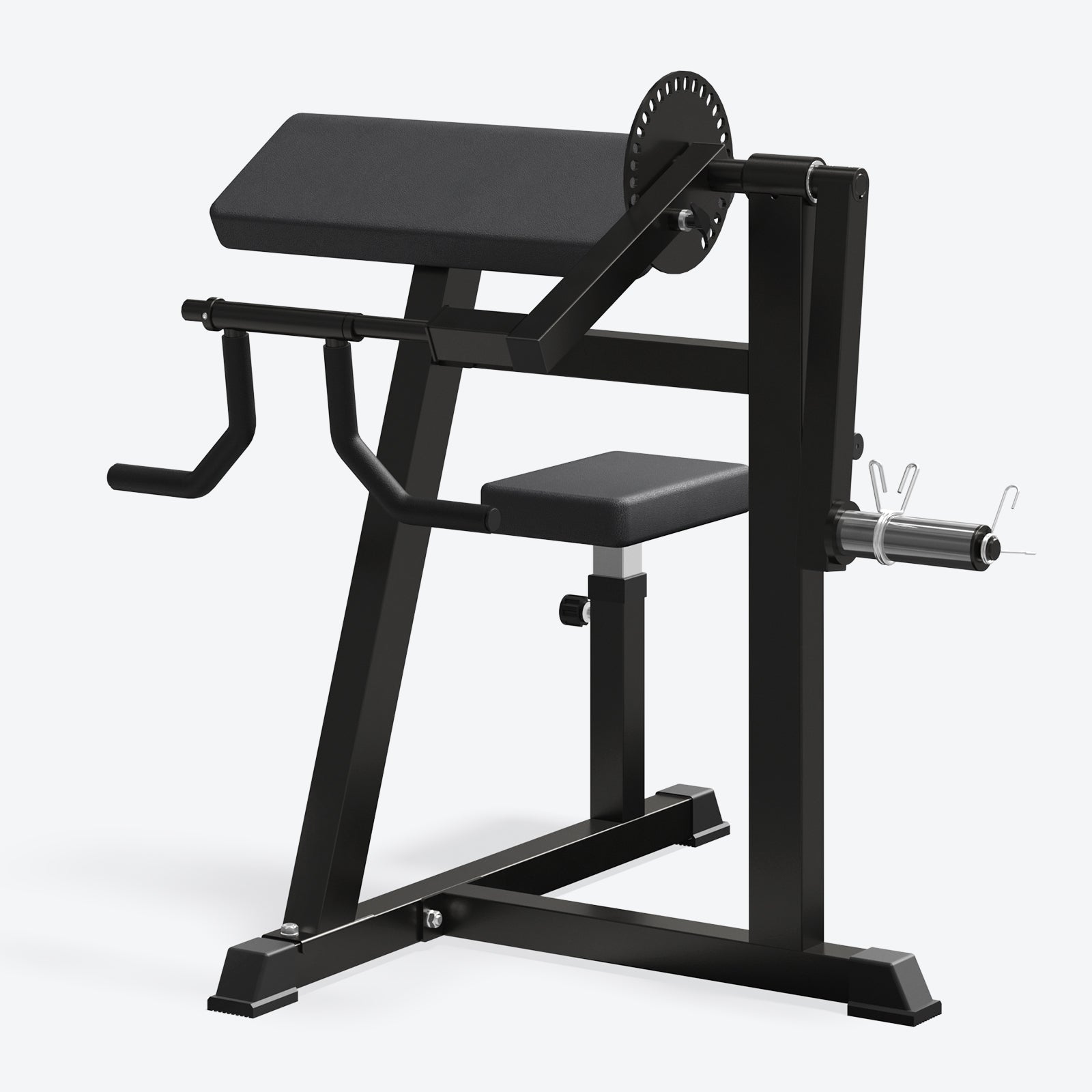
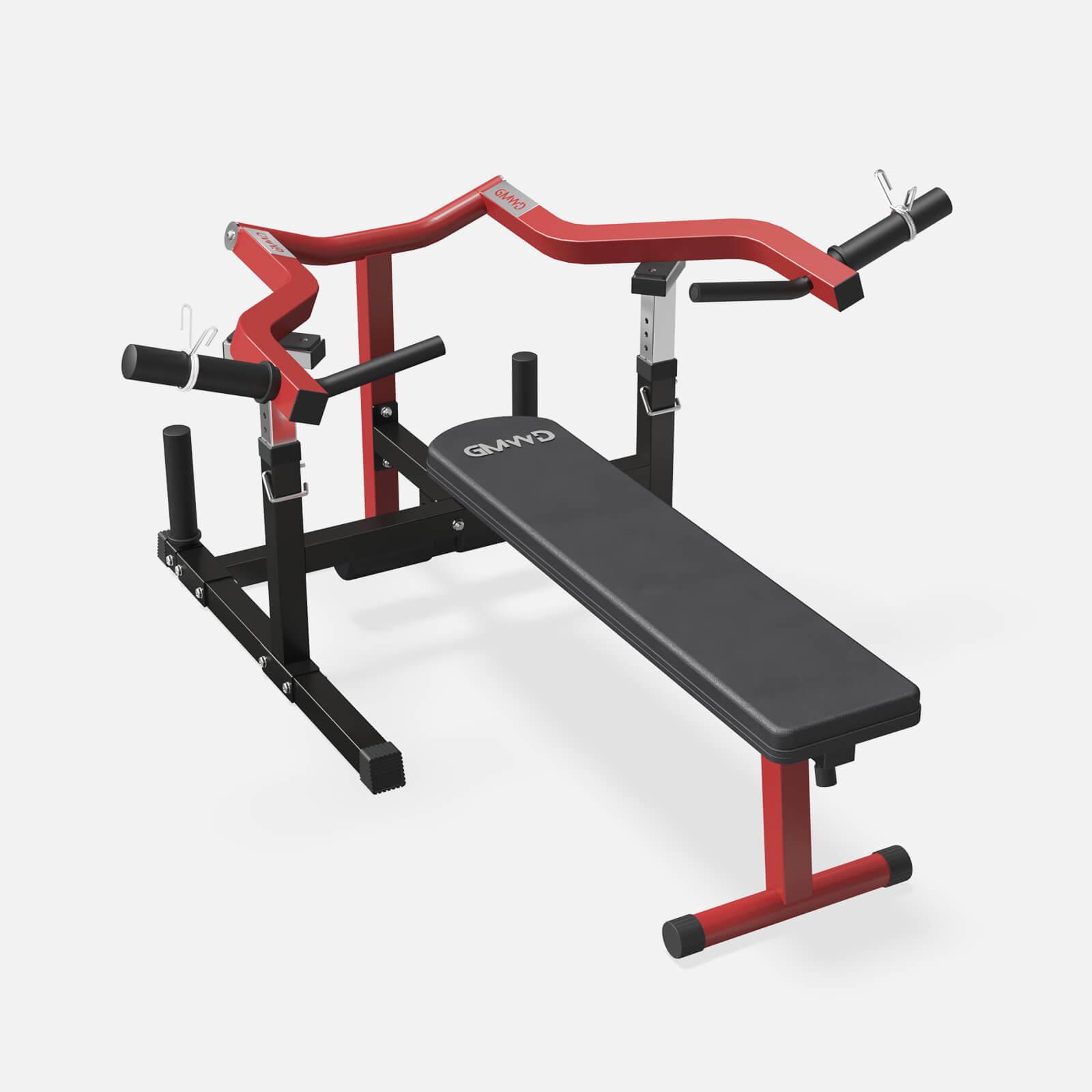
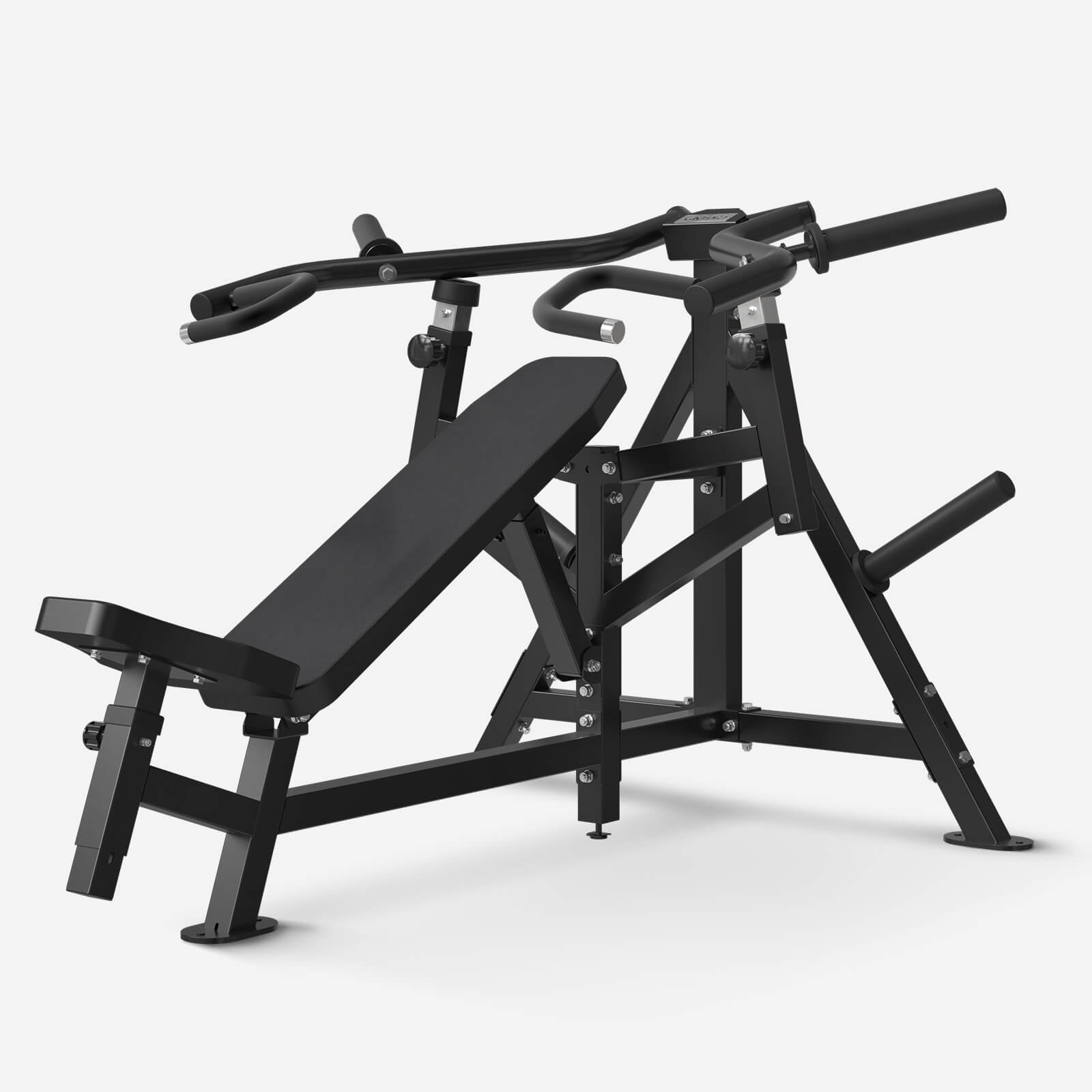
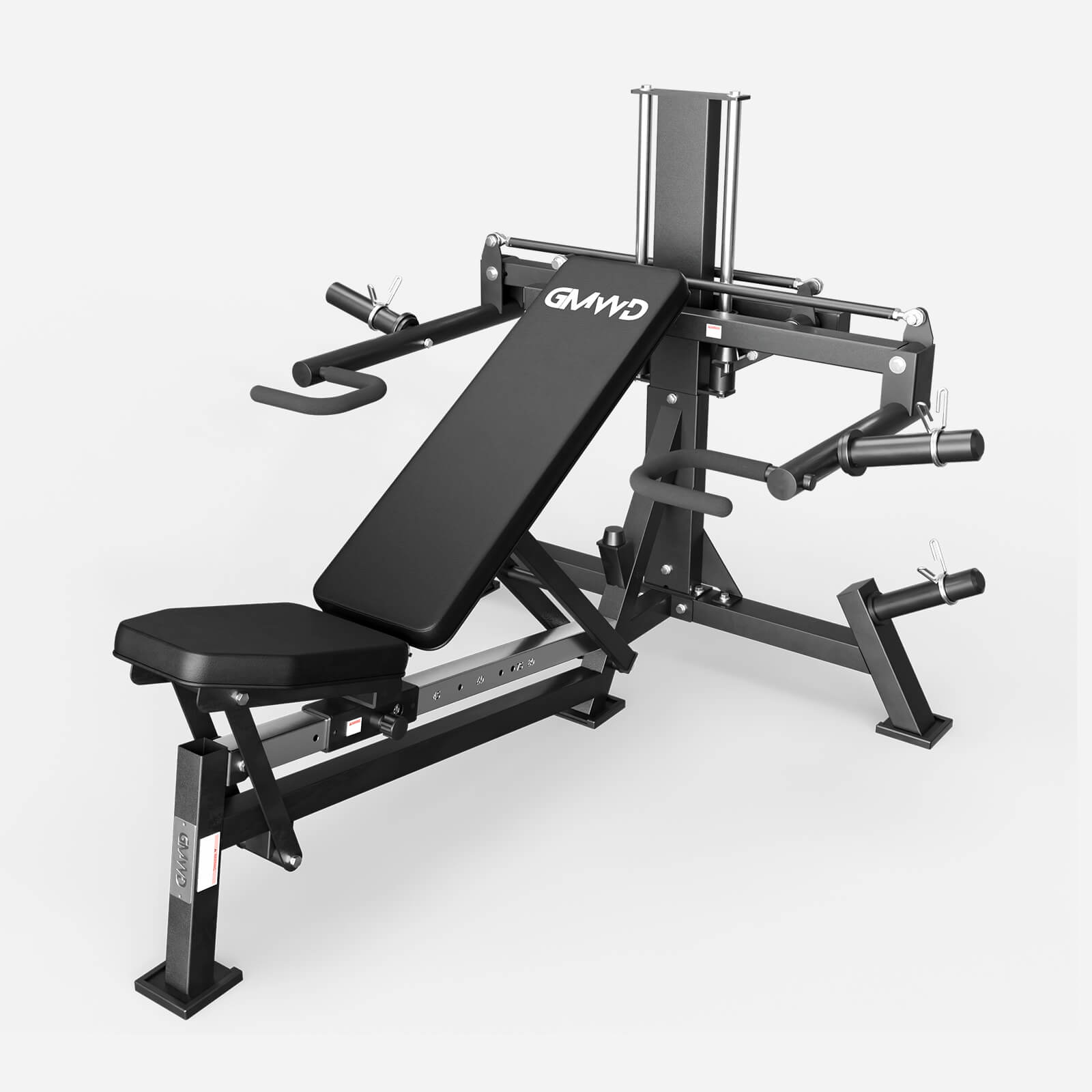
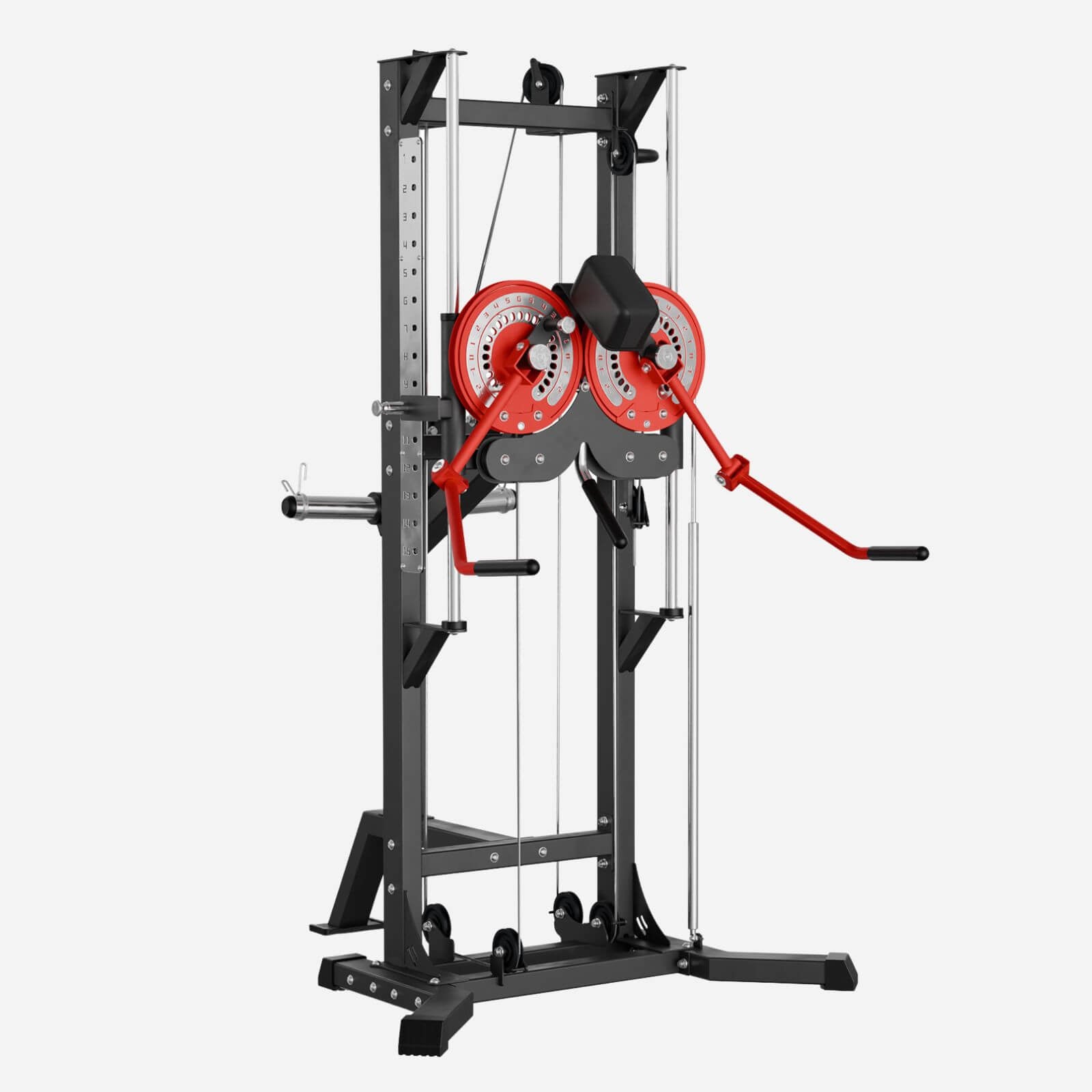
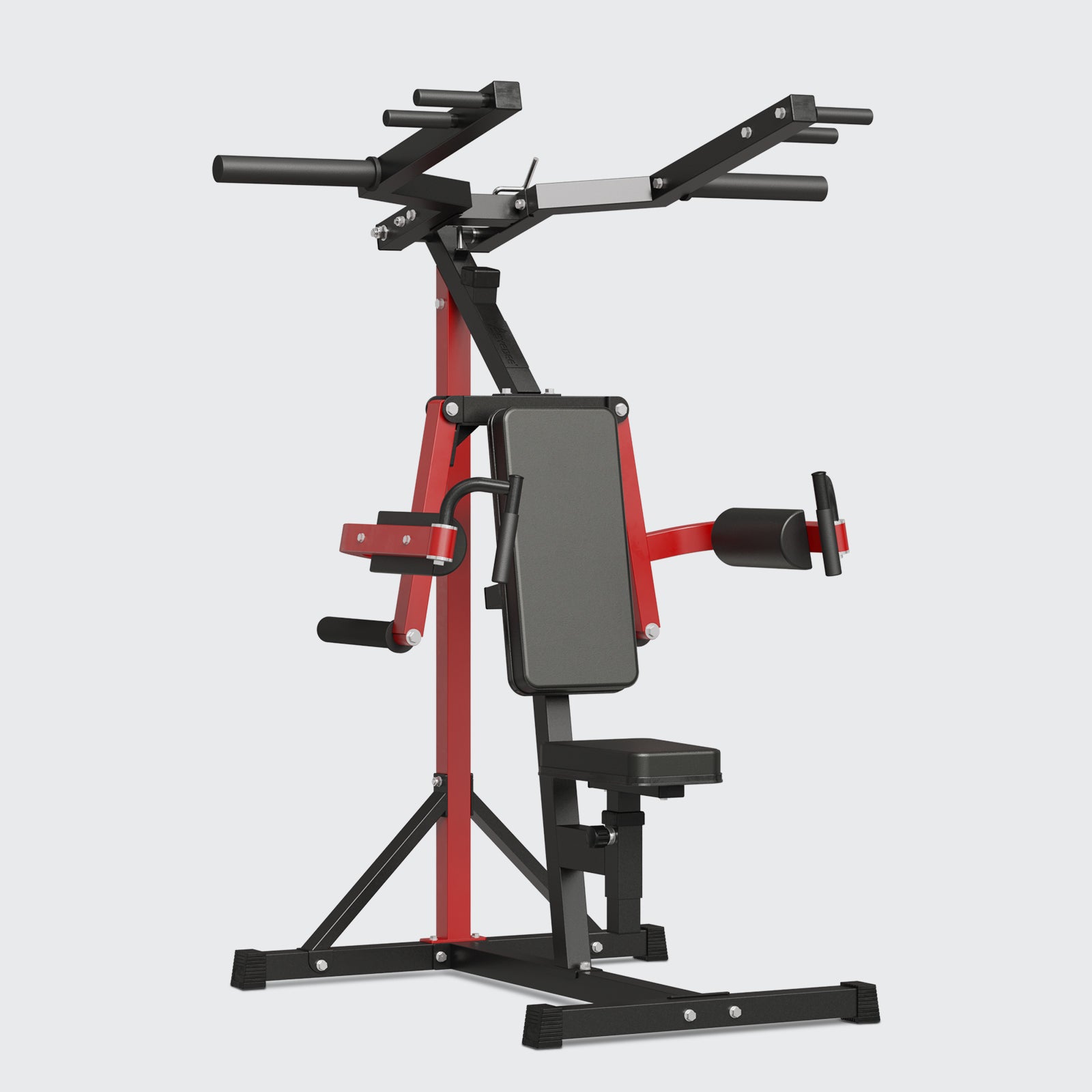
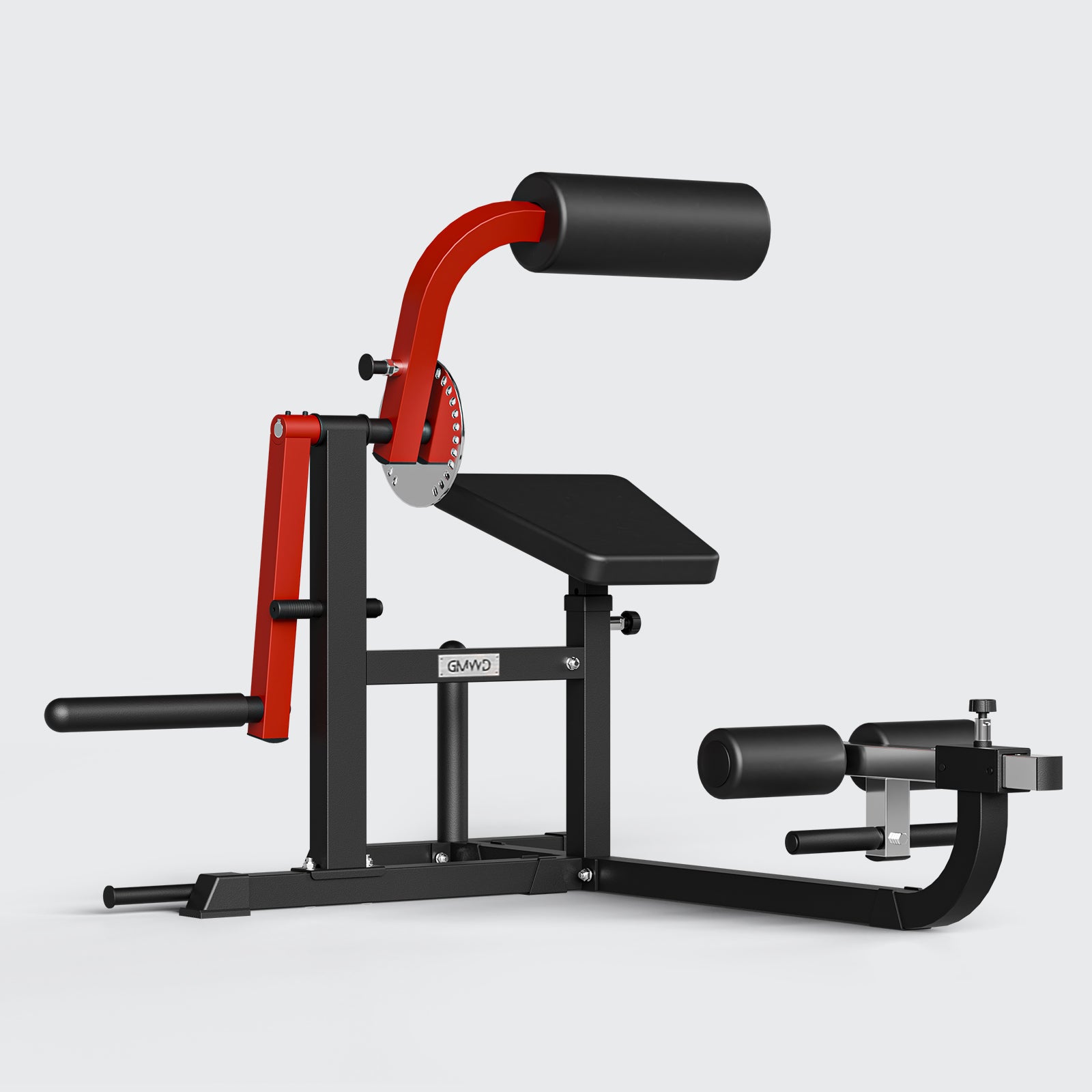
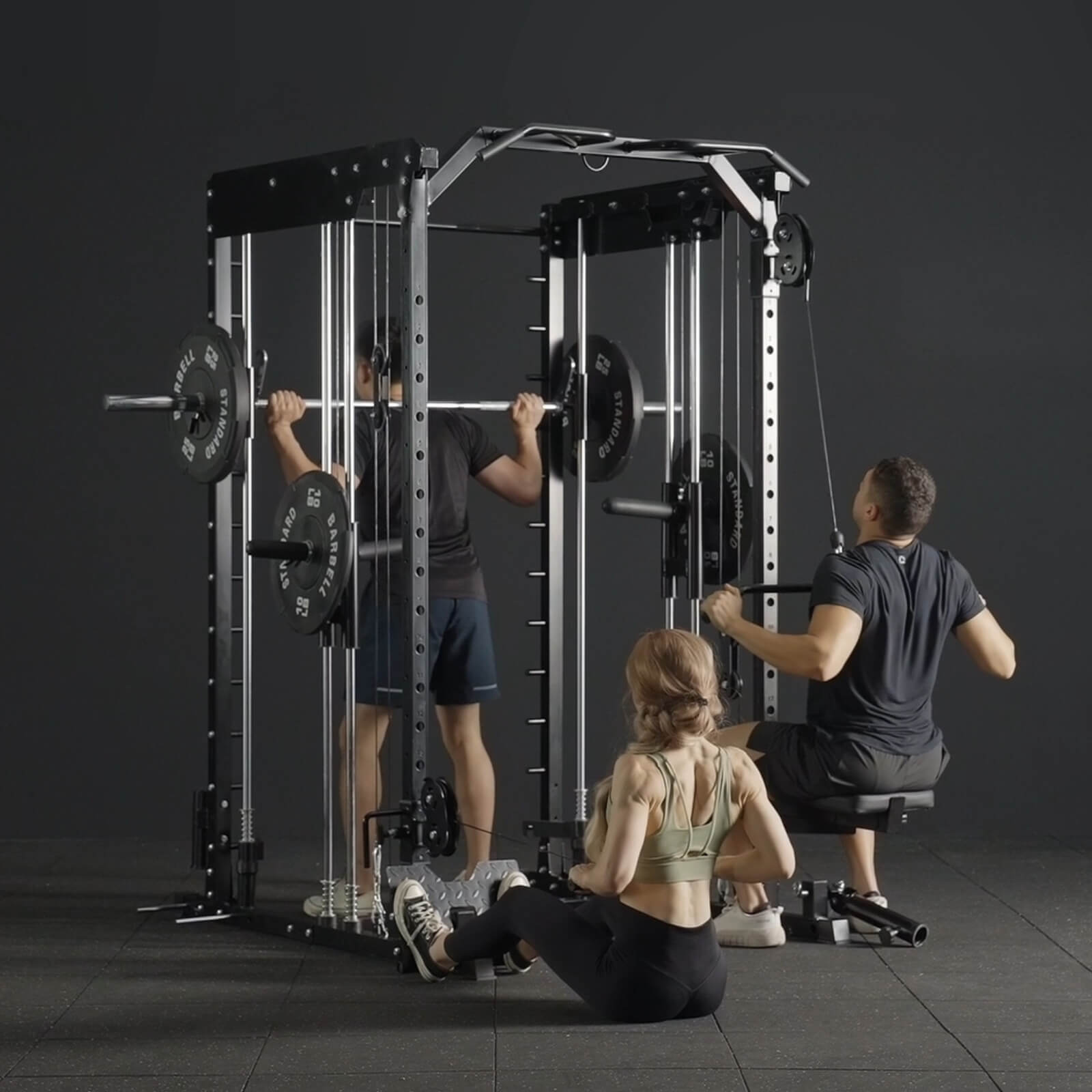
Leave a comment
All comments are moderated before being published.
This site is protected by hCaptcha and the hCaptcha Privacy Policy and Terms of Service apply.